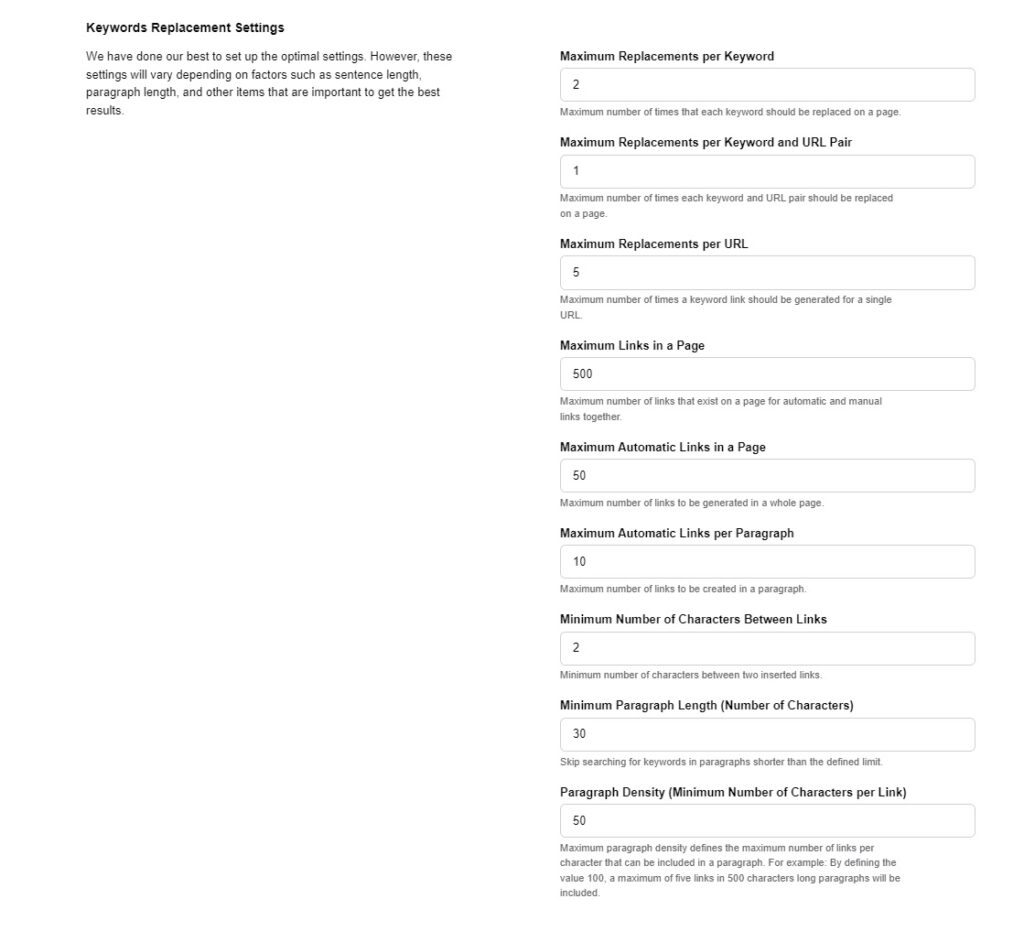co-occurrence
Co-occurrence refers to the frequency and correlation of keywords appearing together, helping search engines understand content context and improve SERP rankings.
What is co-occurrence?
In the world of search engine optimization, co-occurrence refers to the frequency and correlation at which individual keywords appear together within a single page or across various webpages.
It’s not just about straightforward keyword pairing but the context in which these keywords coexist. Expanding on this concept, co-occurrence is a method that search engines like Google utilize to decode the relevance of specific terms and phrases related to your content. It operates on the idea that words frequently appearing together in numerous documents probably share a close association. Moreover, co-occurrence ties into latent semantic indexing, where it aids search engines in understanding the subject matter of content by examining the words surrounding specific keywords. This approach strives to provide more accurate search results based on comprehending the content in its entirety rather than separate, individual keywords.
Why is co-occurrence important?
Co-occurrence demonstrates an immense capacity to improve the visibility and relevancy of your content. This idea is rooted in the evolving advancements of search engine algorithms that prioritize users’ needs above all else. By incorporating co-occurrence, you strengthen the relationship between your content and specific keywords, thereby enhancing search engines’ understanding of your content’s context. This process, in turn, results in potentially elevated ranking and greater visibility to the intended audience. Furthermore, as search engines aim to deliver more personalized and semantically accurate results, co-occurrence assists in making your content suitable for long-tail keywords and semantic search patterns. Thus, emphasizing the proper use of co-occurrence in your SEO strategy can improve your content’s value for both users and search engine algorithms.
Types of co-occurrence
Co-occurrence can be categorized mainly into two types – page-level co-occurrence and domain-level co-occurrence. Page-level co-occurrence reflects how keywords appear together on a single webpage. It pertains to how certain words often appear together, forming a contextual relationship identifiable by search engine algorithms. Domain-level co-occurrence, on the other hand, highlights connections across different pages within the same domain. It fosters a wider topical relevance, which plays a part in understanding the underlying thematic structure of a website. Moreover, understanding these types helps reveal your content’s semantic field enabling you to create content that is closely aligned with the user’s search interests and intents.
Examples of co-occurrence
To illustrate the concept of co-occurrence, let’s consider a few examples: If a webpage discusses digital marketing and frequently features words like SEO, content strategy, and social media, search engines will likely associate this combination and consider all these terms important. Suppose you run a fitness blog, and in numerous posts, the words ‘healthy nutrition’ and ‘workout regimen’ often appear together. In this case, search engines will discern a relationship between these phrases and treat them accordingly in search results. Another example is if an eCommerce site often pairs ‘winter clothing’ with ‘thermal wear,’ this frequent co-occurrence could influence search engines’ understanding and ranking of this site’s content.
Handy tips about co-occurrence
Understanding co-occurrence can dramatically enhance your SEO strategy.
- Use keyword variants and synonyms to make your content semantically rich.
- Ensure your content maintains topical relevance.
- Incorporate semantically related keywords across your pages regularly.
Conclusion
Co-occurrence is an integral part of contemporary SEO strategies that enhances visibility and relevance. Understanding its types, namely page-level and domain-level co-occurrence can richly inform your content and SEO strategy. Utilizing its principles correctly provides improved search results by catering to long-tail keywords and semantic searches.
Frequently asked questions
- What is co-occurrence in SEO?
In SEO, co-occurrence refers to how often particular keywords appear together within a single page or across different pages on a site. It helps search engines understand the contextual relationship of these keywords, thereby making your content more relevant.
- Why is co-occurrence important?
Co-occurrence can boost your site’s visibility and relevance by strengthening the relationship between your content and specific keywords. It aids search engines in delivering more precise search results based on content context rather than individual keywords.
- What are some best practices for co-occurrence?
Use keyword variants and synonyms to make your content semantically rich, maintain topical relevance, and regularly incorporate semantically related keywords across your pages to enhance SEO.
Boost Your SEO with Co-occurrence
Discover how understanding and applying co-occurrence can improve your content’s visibility and relevance in search results.


